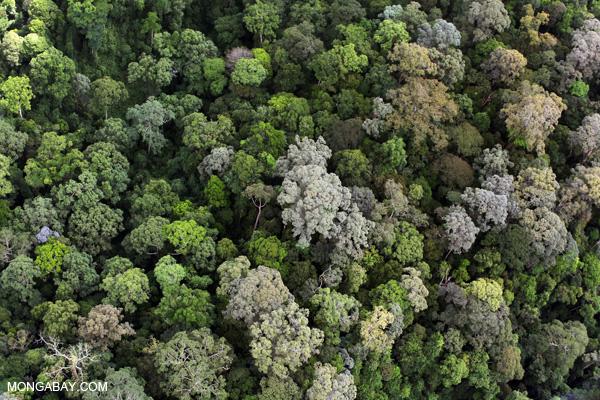NASA technologies are being used to locate underground water in some of the driest places on the Earth, build quieter and more fuel-efficient airplanes, and create shock absorbers that brace buildings in earthquakes.
The 2015 edition of NASA’s annual Spinoff publication highlights these and other technologies whose origins lie in space exploration, but now have broader applications.
“The game-changing technologies NASA develops to push the envelope of space exploration also improve our everyday lives,” said NASA Chief Technologist David Miller. “Spinoff 2015 is filled with stories that show there is more space in our lives than we think.”
Spinoff 2015 tells the story of shock absorbers used during space shuttle launches that are now being used to brace buildings during earthquakes, preventing damage and saving lives.
The book also features a NASA-simplified coliform bacteria test that is being used to monitor water quality in rural communities around the world, as well as cabin pressure monitors that alert pilots when oxygen levels are approaching dangerously low levels in their aircraft.
Published every year since 1976, Spinoff offers a close-up look at how NASA’s initiatives in aeronautics and space exploration have resulted in technologies with commercial and societal benefits across the economy, in areas such as health and medicine; transportation; public safety; consumer goods; energy and environment; information technology; and industrial productivity.
These spinoffs contribute to the country’s economic growth by generating billions of dollars in revenue and creating thousands of jobs.
Press release. Read the full press release.



